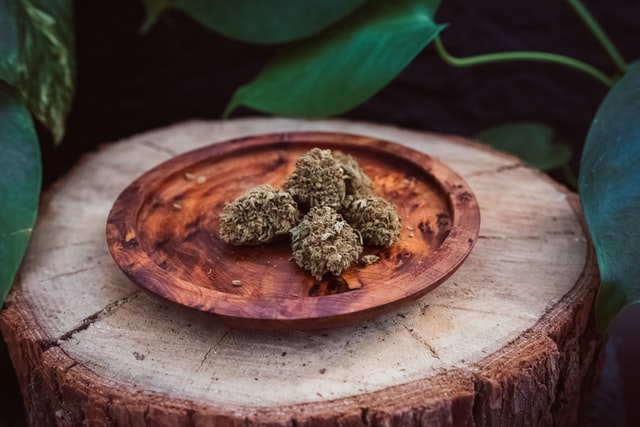Not every CBD consumer is going to be taken with the idea of smoking a hemp flower at first. The first reaction elicited from simply mentioning lighting a hemp nug is usually a “Yes” or a “Yuck”. As you’d have guessed, the prime reason for the repulsion or the attraction has to do with the flavor.
People that haven’t smoked CBD hemp even once in their life have pretty wild ideas about how the taste is going to pan out. There exists no “standard” flavor profile for a given hemp strain, although there are indeed some features that hemp joints typically share.
Does Hemp Taste Like Weed?
In this one instance, the rumors are true: CBD hemp does taste a lot like illegal marijuana. So much so that hemp breeders are now offering strains with terpene profiles identical to some of the well-known classic weed strains such as GSC, Northern Lights, and Granddaddy Purps. There are also CBD vape carts which use the same flavors as found in famous cannabis hybrids.
Even so, simply because you get the similar grassy and gassy kind of aromatic experience, it doesn’t mean you’re bound to experience the same effects. Legal CBD hemp flowers, as you might remember, should have under 0.3% delta-9 THC, which means you’re probably not getting a “high” after smoking. What you’ll have instead is a sense of clear-headed calm thanks to the high concentration of CBD.
It’s worth knowing that it’s possible to change the flavor of a hemp strain if you first put it inside a dry herb vaporizer. Hemp that’s in a smokable joint would taste harsher because of carcinogenic properties during combustion. On the other hand, if you use the aforementioned vaporizer, it’s possible to get a cleaner and smoother experience, not to mention a flavor-forward one.
What you need to remember is that all vaporizers don’t accept dry herbs, so it’s a must to check with the manufacturer to make sure the vape device you have is good for hemp nugs.
Terpenes are Important for Fire Flavor Preview
Most strains of hemp taste earthy and grassy, although you can land on many fascinating variations by experimenting with hybrids. The best manner to get a good sense of this is to get a copy of the lab report. Don’t look at just the cannabinoid concentrations; instead, examine the average terpene counts. This should make it easier to understand the most important aromatics in the strain.
There are dozens of terpenes which you’ll come across in the cannabis kingdom, so we’ve made a cheat sheet of sorts to help keep an eye out for the most important ones. It’s good to have this list nearby when sampling CBD hemp flowers.
- Beta-caryophyllene: warm, spicy, and peppery
- Myrcene: skunky, fruity, and musky
- Limonene: citric, sharp, and grassy
- Alpha-pinene: pine, earthy, and woodsy
- Linalool: lavender, herby, and floral
It can also work out well if you go by online reviews of the different strains available on the market. Tasting itself is mostly a subjective experience, but you can get a good idea of what other people got out of smoking different hybrids.
Granted it can be heavy work for new consumers to get through the entirety of a hemp CBD lab report, particularly where it concerns terpenes. There are very many complex-sounding terpenes present in hemp, which is why it can take some time getting familiar with the compounds present in your particular strain of choice. This is where a trusted review site can often be a big help.
